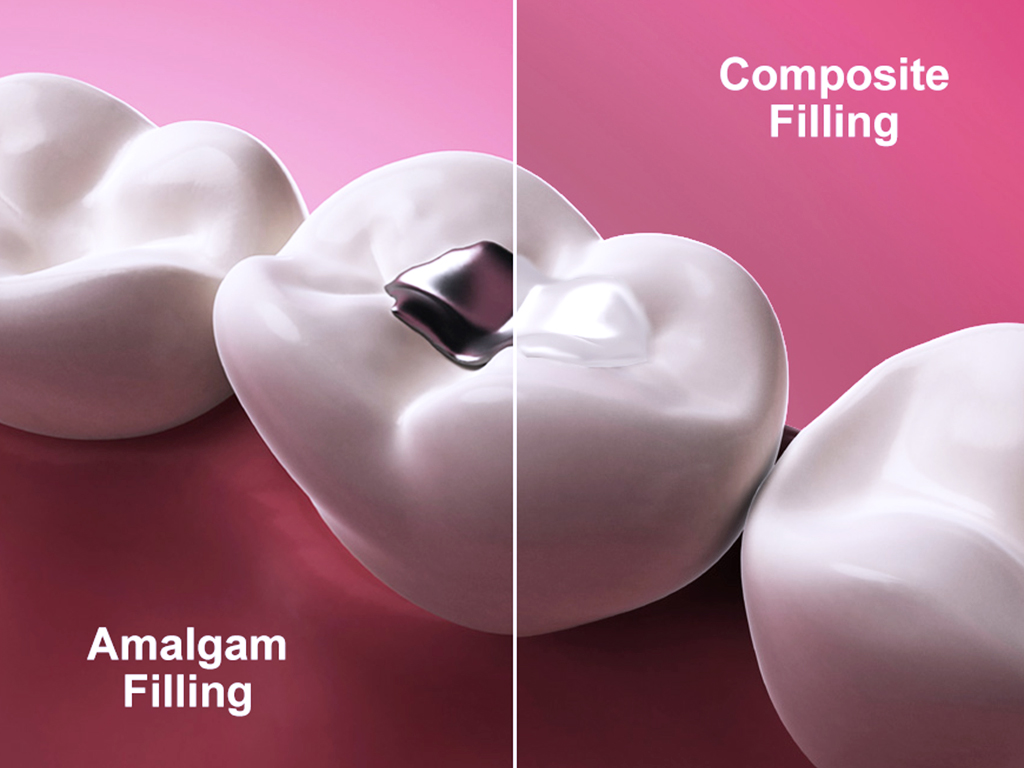Our bodies have the incredible capability of repairing its injured structures. For example, when we break bones, our bodies are able to heal them by creating new cells to glue them back together. Unfortunately, this is not the case when it comes to our teeth; once a hole forms in a tooth, the body is not able to repair it on it’s own.
Before tooth fillings became common (as is today thanks to modern dentistry), cavities caused people to remove their teeth, for a lack of any other alternative.
Today, if you find that you have cavities or a broken tooth (which most people do, at least once in their lifetime), all that needs to be done is to have the bacteria professionally removed and to replace the hole in the tooth with a hard, tooth-like material known as a dental filling.
When are dental fillings necessary?
Even if you have good oral hygiene habits, a number of biological, genetic and lifestyle factors can make your teeth susceptible to decay.
When you are born, there are no harmful bacteria inside your mouth, but as you grow older bacteria finds it’s way into your mouth and remains there for the rest of your life. This bacteria lives on your teeth and feeds off the food you consume (that’s why we are reminded from childhood about the importance of having proper dental hygiene.)
After the bacteria within your mouth feeds itself, it produces a strong acid that eats away at your teeth. If you do not remove the bacteria (plaque) by brushing and flossing, it will keep destroying your tooth until a hole (known as a cavity) is formed.
However, even if you have good oral hygiene habits, a number of biological, genetic and lifestyle factors can make your teeth susceptible to decay.
Some signs that you may require a dental filling include: You feel pain in your tooth, your tooth is chipped or fractured, you feel pain in your tooth when you bite down, food always seems to get stuck in your teeth when you eat, your tooth feels rough, and many other symptoms. Always consult your dental expert as soon as possible if you have any concerns about your teeth.
If left untreated, tooth decay can cause serious dental problems.
Types of filling materials
Today, there are a variety of dental filling materials available: silver amalgam, composite resin, gold, porcelain, glass ionomer, etc.
The two most common filling materials are amalgam and composite resin. Amalgam fillings, also known as silver or mercury fillings, are made up of silver, tin, copper, zinc and mercury. Composite resin, know as white fillings, are tooth-colored and are made up of very tiny pieces of silica surrounded by a plastic resin usually composed of BIS-GMA.
“The location and extent of the decay, cost of filling material, your insurance coverage, and your dentist’s recommendation assist in determining the type of filling best for you.”




One thought on “Dental Fillings to Restore Damaged Teeth”